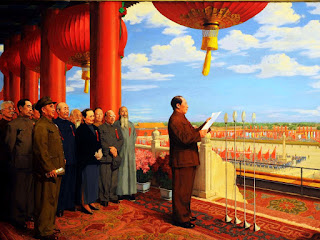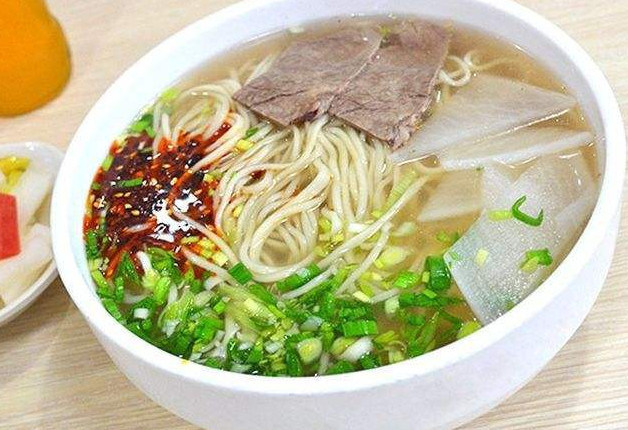Beijing Zoo - A Place to See Panda in Beijing
Beijing Zoo is the earliest zoo opened in China and a zoo with the largest variety of rare animals and species. It was handed over to several hands and served for different purposes since the late Qing dynasty. Eventually, it became the zoo we see today, rich in history, beautiful in the landscape, and abundance in species.
Quick Facts about Beijing Zoo
- Name: Beijing Zoo (北京动物园)
- Area: 96 hectares
- Location: outside of Xizhimen, West District, Beijing
- Animals: giant panda, golden monkey, gibbon, Manchurian tiger, gorilla, kangaroo, leopard, Mexican manatee, ant bear, American bison, sloth, white lion, African elephant, etc.
- Number of Species: 450 kinds of animals and over 500 kinds of fish and sea animals
- Entrance ticket: 15 RMB (April - October); 10 RMB (November - March); 19 RMB (with Panda house included, April - October); 14 RMB (with panda House included, November - March); Sightseeing car: 10RMB
- Opening Hours: 7:30 - 18:00 (April - October); 7:30 - 17:00 (November - March)
 |
| Beijing Zoo |
History of Beijing Zoo
Beijing Zoo was an imperial manor in the Ming Dynasty. During the early Qing
 |
| Landscape of Beijing Zoo |
Highlights of Beijing Zoo
Panda House
 |
| Panda House |
Panda House is an architecture of 1452 sq meters shaped like bamboo. There are three public exhibition rooms where you can see the isolation room, treatment room, feed room, green bamboo storage room, delivery room, etc. Outside the building, you can see pandas playing on trees and wooden facilities.
Penguin Parade Enclosure
 |
| Penguin Enclosure |
It houses six Humboldt penguins, a kind of endangered animal originated from Peru. Four air conditioners were equipped to ensure an average indoor temperature of 20 degrees to make the little guests comfortable.
Aquarium
Located on the northeastern side of the Beijing Zoo, the Aquarium is composed of six
 |
| Aquarium |
Lion and Tiger Hill
Built in 1956, the Lion and Tiger Hill is one of the symbolic buildings of Beijing Zoo.
 |
| Lion and Tiger Hill |
Bear Hill
Situated in the northeastern corner of Beijing Zoo, the Bear Hill was built in 1952. It
 |
| Bear Hill |
Monkey Hill
Monkey Hill is the oldest enclosure in Beijing Zoo and the only one built in 1949. It has two artificial hills piled with stones in the center and recreation facilities of ladders and the tiles. There is also an oval wall that serves as the shelter for monkeys.
 |
| Amphibians and Repitles |
House of Amphibians and Reptiles
The House of Amphibians and Reptiles is one of the finest houses in Beijing Zoo. It has two floors, and only the upper level is available for the visit. There are over 90 exhibition halls, of which the building for Chinese alligators is the biggest, while the room for snakes is the smallest. There are also turtles, boas, and frogs here.
Kids’ Zoo
The Kid’s Zoo has many miniature houses for small animals, like camels, sheep, goats,
 |
| Kids' Zoo |
How to get to Beijing Zoo?
Subway is the best way to get to the zoo. The combination of metro line 4 Daxing Line with metro Line 1 or Line 2 Inner Ring can take you right to the gate of the Beijing Zoo. If you are taking the Metro Line 1, you need to transit to Line 4 Daxing Line at the Xidan Station. If you are taking the Metro Line 2 Inner Ring, you need to transit to Line 4 Daxing Line at the Xuanwumen Station. Then, you just need to get off the Line 4 at the Northeast Exit B of the Dongwuyuan Station.
 |
| Monkey Hill |
Beijing Zoo Travel Tip
- Keep your children at a safe distance from the Bear Hill and Lion and Tiger Hill.
- Don't throw food to animals; you may hurt them.
- Don't shout or tap the glass if the animals are asleep.
- Don't use flash during photo shooting.
- Bring fresh vegetables if you want to feed the animals in the Kids' Zoo.



Comments
Post a Comment